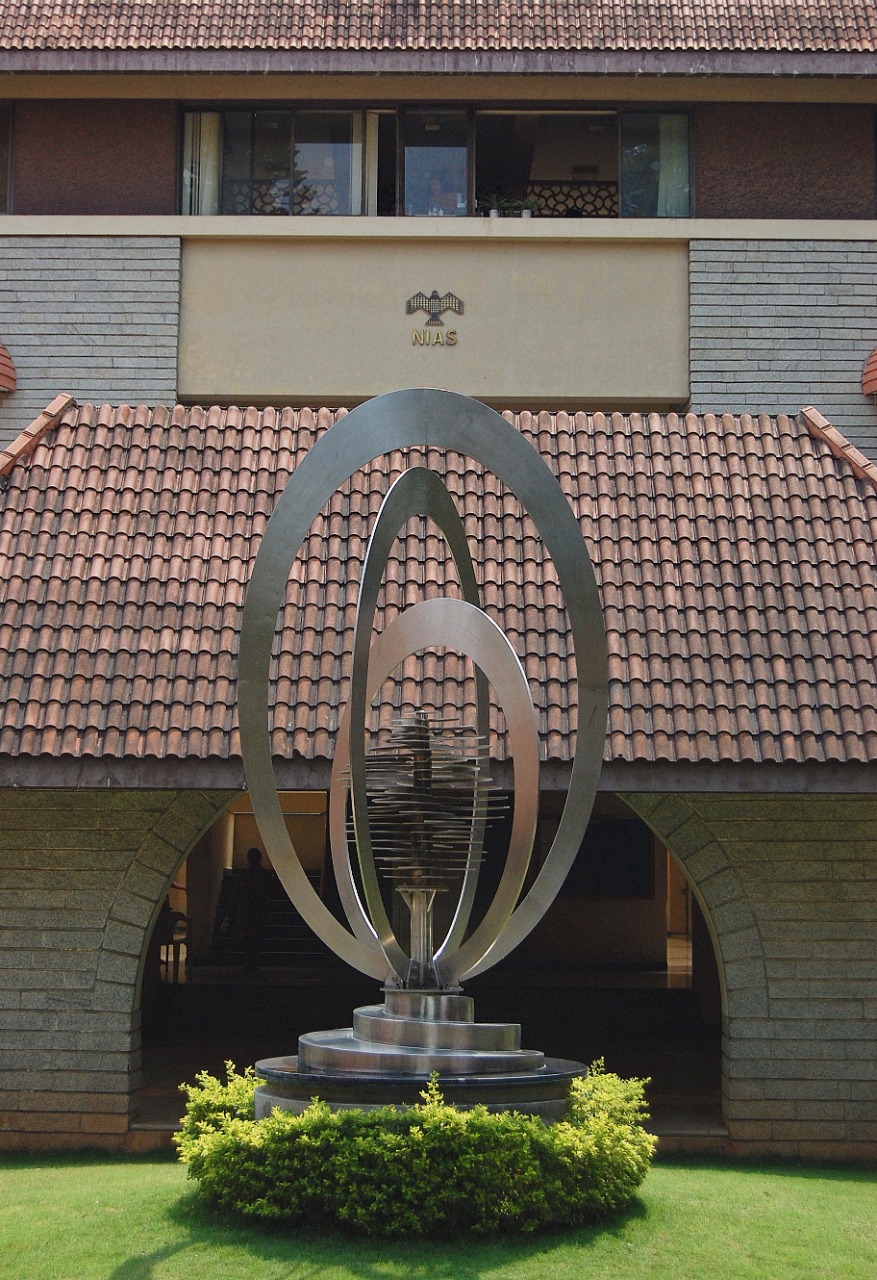
The 2014 elections for the Sixteenth Lok Sabha saw the Indian electorate delivering a positive, decisive mandate to a single party after a gap of almost three decades. An important area which is in need for urgent attention from the Narendra Modi-government is India’s national security structure. Despite past efforts at reform, India’s national security structure continues to be plagued by absence of coordination, turf battles and paucity of human resources. Many of these problems are symptomatic of systemic ills which therefore require a holistic relook.
In order for India to achieve its national interests it should be able to work in a coordinated fashion. This necessitates a holistic revamping of the existing national security apparatus and its workings. Putting in place a mechanism that develops long-term strategies and coordinates their execution is imperative as is and strengthening the National Security Advisor’s (NSA’s) support structure. In addition, such a revamp should also include reforms to the existing higher defence organisation and intelligence setup. This report will flag some of the important issues the incoming government needs to focus on in order to strengthen India’s national security architecture.
Need for a National Strategy
A national strategy is important for planning India’s economic trajectory, shaping the country’s foreign relations, planning its defence modernisation, improving its science and technology capabilities, resource planning, internal security and other such critical areas. Such a strategy would chalk out Indian priorities as a function of India’s aspirations, security challenges and available resources.
Strategic Think-Tank and Coordinating Mechanism
The National Security Council Secretariat (NSCS) could be tasked with drawing up holistic medium to long-term strategies in various areas. The NSCS could also act as a coordinating mechanism which implements these strategies by bringing together various departments and ministries of the government.
Strengthen the NSA’s Support Structure
The National Security Advisor (NSA) is the fulcrum around which the NSC system operates. The NSA’s role has expanded over time. Thus it is important to expand the NSA’s core support structure. Also, for the NSA and the NSC system to be able to function effectively it must be able to draw upon and assimilate knowledge from multiple sources into a cogent national strategy.
Reforming the Higher Defence Organisation
A decision on the position of the Chief of Defence Staff (CDS) is long overdue. The Chief of Defence Staff – regardless of what we choose to call the office – will foster inter-Service coordination in planning, execution of operations and in the force planning process. The system will ensure faster decision making during crises and provide a platform for inter-Service dispute resolution. Implementation of the system must address the drawbacks of the current system and evolve a purely ‘Indian’ solution keeping in mind the Indian situation and requirements.
Where to Begin?
The 2001 GoM Report on “Reforming the National Security System in pursuance of Kargil Review Committee Report” had recommended a comprehensive review of India’s national security mechanisms every five years. The exercise of revamping the existing National Security structure could be initiated with such a review.
